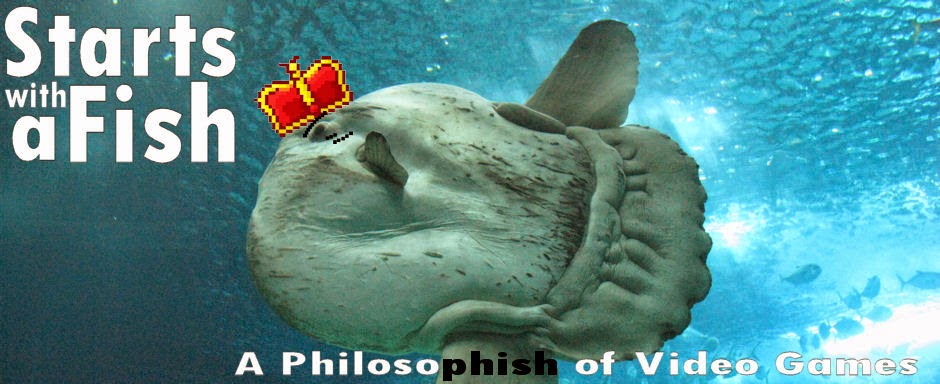(note: since I started work on this essay, a new version of Unwind has come out, which complicates my point. Explanation at the bottom)
Unwind is the reason I haven't got past the front page of Itch.io in the last couple of weeks. The game is brilliantly simple; a path winds and twists ahead of you. You move left and right to avoid the walls. The 'forward' movement gets steadily faster, and the difficulty rises with it. Striking, hypnotic visuals and a solid electronica soundtrack complete the experience.
Being reductive, this is literally a one-dimensional game (though that sounds like a criticism, which isn't my intent). Player-controlled motion happens only in a single dimension; left, or right. It's tempting to say instead that the player spins the game world, since there's no visible motion of the player-token, a dull gray square spinning slowly at the middle-bottom of the screen. The only evidence I can offer to disambiguate this is that the left and right arrow keys map to implied left/right 'motion' of the token, rather than the counterclockwise/clockwise rotation of the graphics.
The game space is certainly two-dimensional, of course. You could make a game similar to this which displayed only in a single dimension, I think, but it would be a different game. Unwind definitely takes place in a 2D plane, and relies on a specific 2D arrangement of colours and shapes for its power.
Then you unlock 'nightmare' mode (by surviving for a minute on 'classic'). As far as I can tell, the motion works exactly the same way between classic and nightmare – nightmare may start off a little faster, or possibly accelerate a little quicker, but there are no radical changes here. Instead, Unwind relies on three visual distortions to boost the difficulty and shake up the experience.
The first is simple contrast variation, muting the distinction between the black of the path and the bright colours of the walls, sometimes with the unfortunate effect of turning most of the game window an unsightly off-mustard. The second is to move the player-token around the edges of the screen, an effect that can be exhilarating when subtle and wickedly confusing when stark.
Most interesting of the effects, though, is that the 2D plane of the gamespace can curve. When this happens, suddenly you find yourself on the surface of a sphere, which may loom from the top of the screen, peek in at the side or fall away along the bottom. It's a striking, powerful transition.
We tend to take 'two-dimensional' to mean 'flat', particularly when it comes to game spaces. But the flat (uncurved) two-dimensional plane is only one special case of a two-dimensional space. Curved spaces are well-understood maths, though, and indeed an important part of physics; we live in a curved three-dimensional space.
Games have been using two-dimensional spaces – mostly screens – to encode three-dimensional worlds for decades, of course. Even before games that allowed for three dimensions of simulated movement, scrolling backgrounds created trick impressions of depth. But Unwind does something more.
When the game surface curves away from you in Unwind, the rest of the window doesn't vanish; black space is revealed. This space is outside, suggestively containing, the 2D gamespace. And a space that contains a curved 2D space is most naturally three-dimensional.
One-dimensional play is occurring in a two-dimensional gamespace, which itself is embedded in a three-dimensional virtual space.
And that last embedding draws the eye out to consider how, or if, the game's virtual space is embedded in our space. Certainly it takes place on my monitor, a couple of feet in front of my face, and tricks my eyes into seeing its window as a window into a space beyond it, but you can't measure the distance from me to points of that space.
I've uncritically used the expression 'virtual space' a couple of times already. But it's not clear that the space of Unwind, or any other game, is virtual in any substantial way. Yes, the space of Unwind is not our space – it is distinct from the space we inhabit – but what does it mean to say that it is unreal?
This is a question I recently posed to students in my metaphysics seminars, using the example of game spaces (I didn't quite manage to get games into my PhD thesis when a similar issue came up there, though now I wish I had). There are things for which we can determine reality or unreality – but are spaces such things?
Unwind does a good job of raising this question, by explicitly nesting its space within another. I'm not sure it's the game to answer it, though; that seems a more challenging task. At least, if I want to keep my job as a lecturer in the metaphysics of space, it had better be.
(update: in the latest version of Unwind, there's a fourth effect in nightmare mode, where the outer part of the game plane starts to disintegrate. In some ways this emphasises the spatial embedding - you can see the broken pieces spinning off through 3D space - but because it breaks up the plane I think it dilutes somewhat the effect I've been talking about. Your mileage may vary, of course, and I'm not saying the game is any worse for the change)


No comments:
Post a Comment
Comments are moderated. I have a zero-tolerance policy for abuse of all kinds, a low-tolerance policy for anger (exceptions made for anger directed at genuine systemic injustice), and a frown-but-tolerance policy for swearing. If something gets through that you think shouldn't have, please poke me on Twitter as that's where a response is likely to be fastest.